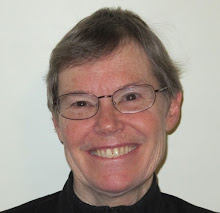Today's newspapers carried articles about the very long reign of Queen Elizabeth II, who had died yesterday at age of 96. This news triggers, for me, memories of seeing pictures of the young Elizabeth as she became Queen. I recall sitting in the living room of our small Danvers home with my parents as we perused issues of Life magazine. She looked beautiful in the photographs in Life in 1952 and 1953.
One day my mother was quite excited to see that Life had published a chart of Queen Elizabeth's ancestors going back to King Alfred. My mother knew that someone in her own family had compiled a family tree that also had King Alfred at the top. She was eager to find that chart and compare it to the one in Life. When she was able to make the comparison, she announced that she was sometime like a "32nd cousin" of Queen Elizabeth! Or maybe 34th cousin? I do remember Mommy's excitement about this; I do not remember the exact number. Nor can I –today– find the old family chart.
Thanks to the searchable database of the Life Magazine Archive available via the New York Public Library website, I was able to view again the chart of Queen Elizabeth's ancestry. It appeared in the issue dated July 1, 1953, on page 15. Here's a link to it, as seen in Google books. You can scroll back 2 pages to the beginning of the article, which is titled THE EVE OF A QUEEN'S BIG DAY. It describes her coronation ceremony in June 1953.
My mother never seriously considered that "cousin" calculation to be important. She knew that people rarely keep track of 3rd and 4th cousins, let alone 10th cousins or more distant ones. By the time you add 30 or more generations, there might be thousands of such relations. But we had a bit of fun, in Danvers in 1953, thinking about being cousins to the new Queen.

.jpeg)
.jpeg)









